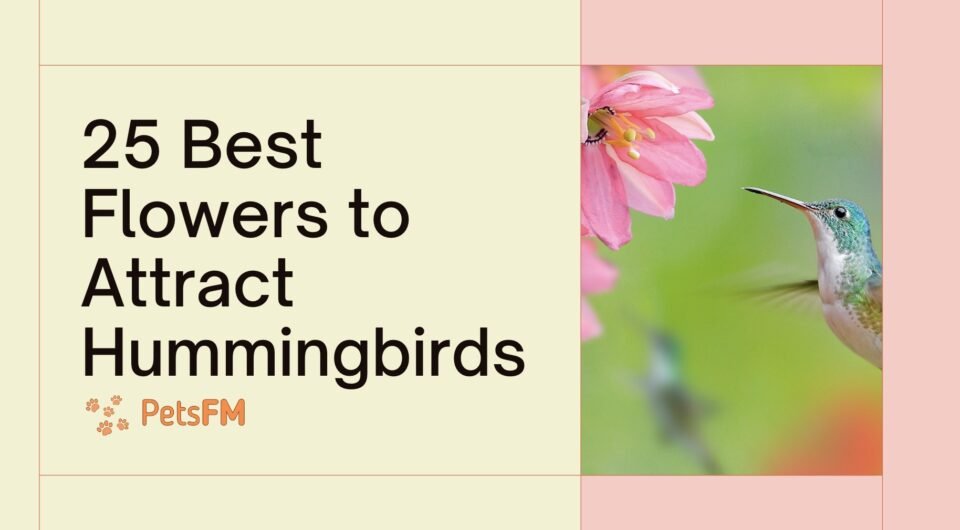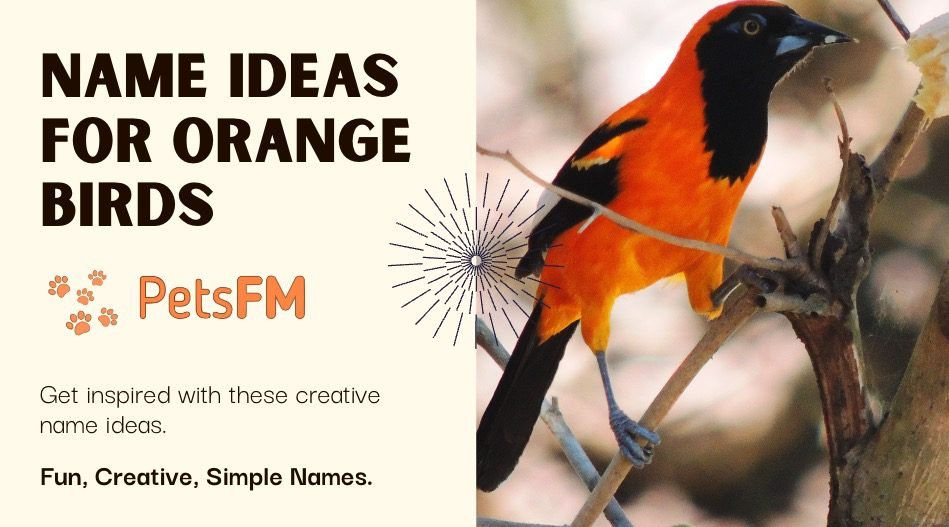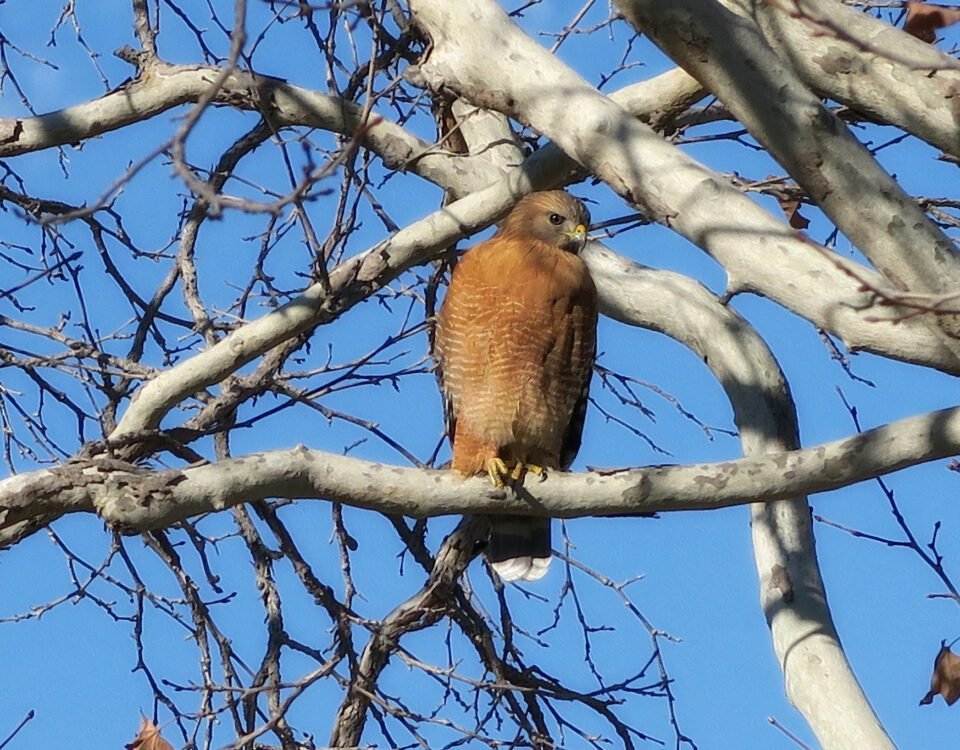![Real Spiritual Meaning of Hummingbirds [UPDATED 2023]](https://petsfm.com/wp-content/uploads/2023/11/Screenshot-2023-11-12-at-9.16.48 PM-150x150.jpg)
![Real Spiritual Meaning of Hummingbirds [UPDATED 2023]](https://petsfm.com/wp-content/uploads/2023/11/Screenshot-2023-11-12-at-9.16.48 PM-150x150.jpg)
![Real Spiritual Meaning of Hummingbirds [UPDATED 2023]](https://petsfm.com/wp-content/uploads/2023/11/Screenshot-2023-11-12-at-9.16.48 PM-150x150.jpg)
Real Spiritual Meaning of Hummingbirds [UPDATED 2024]
November 12, 2023


16 Things That Scare Hummingbirds Away [Avoid These Things]
November 12, 2023Every bird lover knows specific plants appeal to certain bird species. Especially for hummingbirds, this choice is crucial due to their unique feeding habits. They rely on nectar, primarily from tube-shaped flowers, to fuel their rapid metabolism.
While hummingbird feeders designed by humans offer supplemental feeding, the perfect garden for these birds combines feeders and specific nectar-rich flowers. And creating such a welcoming space in your backyard is relatively simple. By planting a selection of plants and flowers that cater to these birds, you can establish a hummingbird haven with minimal annual maintenance.
Explore our recommended list of hummingbird-attracting plants to enhance your garden!
Related Read: Are Birds Herbivores? A Look at Different Bird Species
Hummingbirds And Their Relation With Color
The main thing to remember when attracting hummingbirds is they love color, especially red. That’s why many hummingbird feeders have red parts. Hummingbirds often fly towards red things, even if it’s a person in a red shirt or tool. They think it might be a source of food!
While they also notice other colors like orange, purple, and yellow, red is their top choice. Hence, it is essential to plant flowers in your yard that are primarily red in color, along with other hues.
Related Read: Why Do Some Birds Have Red Eyes? [EXPLAINED]


The Ruby-Throated Hummingbird
Also, Read: 25 Birds With Red Heads (+Pictures Included)
25 Best Flowers To Attract Humming Birds
Below, explore 25 stunning plants that not only attract hummingbirds but will also captivate you.
1: Trumpet Honeysuckle
This strong, sun-loving perennial vine has tube-shaped flowers that are a favorite of hummingbirds. When selecting, choose the native (Lonicera sempervivens) or the Dutch version (Lonicera pericylmenum). Avoid the invasive Japanese honeysuckle (Lonicera japonica), as it can take over your garden.
2: Columbine
A perennial that blooms in spring, Columbine boasts striking flowers with elongated spiky tails. It’s among the primary nectar sources for hummingbirds and thrives best in partial shade.
3: Hosta
While not the most obvious choice, this robust perennial sprouts flower blooms in mid-summer, which hummingbirds adore. Hosta flourishes in areas with ample shade.
4: Fuchsia
Fuchsia is renowned for its elegant, drooping blossoms in vibrant pinks and purples. Its nectar-rich flowers provide an excellent food source for hummingbirds. These plants thrive in both full sun and partial shade, making them a versatile choice for many gardens.
5: Bee Balm
Bee Balm, also known as Monarda, boasts brilliant red, pink, or purple flowers. This perennial’s tubular-shaped blossoms are hummingbird favorites, offering abundant nectar. Bee Balm prefers full sun and well-draining soil.
6: Red Hot Poker
Red Hot Poker plants, with their tall spikes of tubular orange or red flowers, are attention-grabbers. Hummingbirds are often drawn to their vivid colors and rich nectar. They flourish best in full sun.


Red Hummingbird
7: Salvia
Salvia species, especially the red-flowering ones, are irresistible to hummingbirds. Their spiky floral structures packed with nectar are perfect for these tiny birds. Salvias love the sun and are drought-tolerant, ideal for dry climates.
8: Coral Bells
Coral Bells produce delicate bell-shaped flowers, usually in shades of red, pink, or white. These perennials, aside from their aesthetic appeal, are hummingbird magnets. They thrive in partial shade and well-drained soil.
9: Foxglove
Foxglove presents tall spikes adorned with tubular, usually pink, purple, or white flowers. This biennial’s blooms are not just stunning but also a hummingbird treat. They prefer partial sun and moist soil.
10: Lupine
Lupine is known for its iconic spires of blue, purple, pink, or white flowers. The blossoms are rich in nectar, making them a top pick for hummingbirds. They do best in full sun or light shade.
11: Penstemon
Penstemon, also known as beardtongue, offers tubular flowers in various colors, from red to purple. Its blooms are hummingbird-friendly, ensuring frequent visits. These plants require full sun and fast-draining soil.
12: Petunia
Petunias showcases a vibrant array of colors in their funnel-shaped flowers. While often grown for their beauty, they’re also hummingbird-friendly, providing ample nectar. They thrive in sunny locations.
13: Pineapple Sage
Pineapple Sage blooms with bright red tubular flowers and has a delightful pineapple scent. Aside from its fragrance, its nectar-rich flowers make it a hummingbird favorite. This plant prefers full sun and well-draining soil.
14: Bleeding Heart
Bleeding Heart features unique, heart-shaped pink or white flowers that dangle gracefully from arching stems. Hummingbirds are drawn to its nectar-rich blooms. This perennial plant prefers shade to partial shade and moist, well-drained soil.
15: Butterfly Bush
Butterfly Bush boasts spiky clusters of flowers in shades ranging from purple and blue to pink and white. While it’s a magnet for butterflies, hummingbirds, too, find it irresistible. It thrives in full sun and well-drained soil.
16: Hibiscus
Hibiscus offers large, showy flowers in various colors, from whites and yellows to deep reds. These tropical-looking blooms provide a rich source of nectar for hummingbirds. Plant in full sun with moist soil.
17: Agastache
Agastache, often known as hyssop, showcases tall spikes of tubular flowers, primarily in purples and pinks. The rich nectar content of these flowers makes them a hummingbird favorite. They thrive in full sun.
18: Jacobinia
Jacobinia, or Brazilian Plume, presents bright shades of pink or red in its tubular flower clusters. Their vibrancy and nectar content attract hummingbirds. These plants prefer partial shade and moist soil.


Hummingbird Sucking Nectar
19: Mandevilla
Mandevilla vines bear trumpet-shaped flowers, typically red, pink, or white. Besides adding tropical flair to gardens, they also entice hummingbirds. They need a sunny spot and regular watering.
20: Daylily
Daylily produces large, trumpet-like blooms in a myriad of colors, offering both beauty and nectar to hummingbirds. These hardy perennials require full sun to partial shade and adapt to various soil conditions.
21: Flame Acanthus
Flame Acanthus boasts tubular red or orange blooms, providing a feast for visiting hummingbirds. This drought-tolerant shrub is perfect for hot climates and thrives in full sun.
22: Zinnia
Zinnia offers a vibrant palette of colors, from reds and pinks to yellows and whites. Their nectar-rich flowers are a delight for both hummingbirds and butterflies. They love sunny locations with well-draining soil.
23: Morning Glory
Morning Glory vines produce trumpet-shaped flowers, primarily in blues, purples, and whites. Their blooms are not only visually appealing but also a hummingbird magnet. These vines prefer full sun and moderate watering.
24: Scarlet Runner Bean
Scarlet Runner Bean is a climbing plant adorned with bright red, trumpet-shaped flowers. Apart from producing edible beans, its vibrant blooms draw hummingbirds in droves. It thrives in well-drained soil under full sun.
25: Jewelweed
Jewelweed, often called touch-me-not, displays delicate orange or yellow tubular flowers. Favored by hummingbirds for its nectar, this plant enjoys shady spots and moist conditions, often growing wild in wetlands or along streams.
Related Read: Real Spiritual Meaning of Hummingbirds [UPDATED 2023]


Rufous Hummingbird
Interesting Read: What Are The Laws Behind Keeping Hummingbirds As Pets?
Conclusion
In the colorful nature, hummingbirds play a mesmerizing role, peeking and hovering around flowers in search of nectar. Cultivating a garden rich in blooms, especially those listed above, not only boosts the beauty of your outdoor space but also welcomes these delightful avian visitors.
By integrating a variety of these nectar-laden flowers, from the bright hues of the Fuchsia and Hibiscus to the tubular elegance of the Trumpet Honeysuckle and Jewelweed, you can build a hummingbird haven right in your backyard.
A thriving, hummingbird-friendly garden is more than just a visual treat; it’s a testament to the symbiotic relationship between flora and fauna, showcasing the intertwined dance of life!



